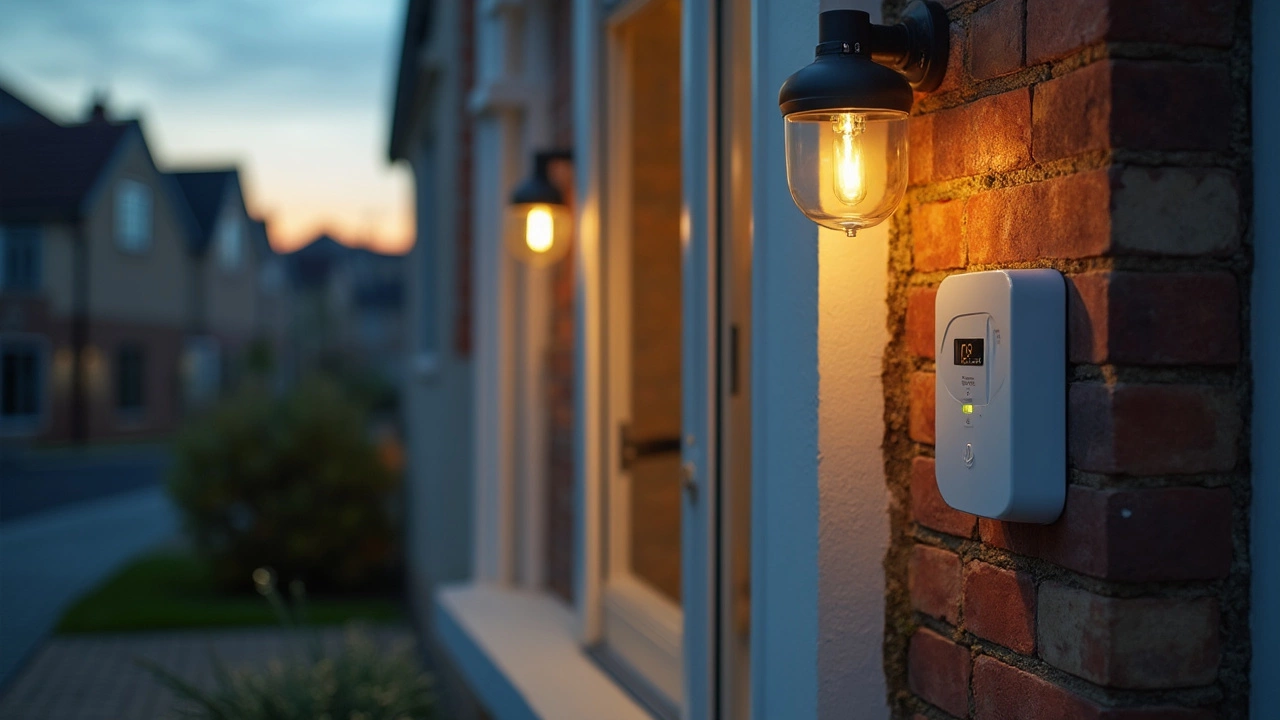Everyone wants a secure house, but most people forget that security gear can gulp a lot of electricity. The good news? You can keep burglars out and the power bill down with a few smart moves. Below are simple actions that make your cameras, doorbells, and alarms run lean without losing protection.
Start by choosing gear that’s built for energy efficiency. Newer wireless cameras often have low‑power sensors and smarter motion detection that only records when needed. Look for models that mention "battery‑optimized" or "energy‑saving mode" in the specs. A battery‑run camera with a good solar panel can go months without a charge, so you won’t be adding to your electricity bill.
Video doorbells also vary. Some older units keep the video feed alive 24/7, which is a drain. Modern doorbells let you switch to "motion‑only" streaming – the camera stays idle until it sees movement, then it wakes up and sends a short clip. That alone can shave off 30‑40% of the power used each month.
Even if you already own a set of cameras, you can tweak the settings to be kinder to the grid. Reduce the frame rate – 15 fps is still clear enough for most homes, and it uses far less power than 30 fps. Turn down the infrared (IR) LED brightness at night; many cameras let you set a low‑lux mode that still captures faces but doesn’t light up the whole yard.
Schedule your devices. If you know you’re home during the day, disable night‑vision mode until it gets dark. Some systems let you set a “home” schedule that pauses recording when motion isn’t detected for a set period. Pair this with a motion‑sensing light that only turns on when a camera spots activity – the light helps the camera see better, so it doesn’t have to boost its own IR output.
Don’t forget your alarm panel. A wired panel draws almost no power, but a wireless one with a constantly buzzing speaker can add up. Use the panel’s “quiet mode” at night and keep the speaker’s volume low. If the panel supports battery backup, check the battery health regularly; a weak battery will draw more current from the mains.
Finally, consolidate your monitoring. A single app that pulls feeds from all cameras, doorbells, and sensors means you don’t need a separate hub for each device. Fewer hubs mean fewer always‑on devices, which equals lower consumption.By picking low‑power hardware, tightening motion settings, and scheduling smartly, you’ll keep your home safe and your energy bill lean. It’s a win‑win that takes only a few minutes to set up, and the savings add up over time.

Got a new CCTV system or thinking about installing one? Don't let electricity costs catch you off guard. This article breaks down exactly how much power typical CCTV cameras use, what that means for your bill, and factors that affect energy usage. You'll get clear numbers, handy tips to keep costs low, and a few surprises about smarter installations. Make a smart choice for your safety and your wallet.